1943 threepence - Australia - Melbourne mint
What is a 1943 Australian threepence coin worth?
Values, images, and specs for the 1943 (m) three pence from Australia.
www.allcoinvalues.com
| VG | F | VF | EF | aUnc | Unc |
| $2.00 | $2.50 | $3 |
$5 |
$15 |
$32+ |
Values are in Australian Dollars
Based on European Grading System
Further information on grading, condition, detractors, and
how to assess your coin can be found further down this page.
Australia
threepence
KGVI 1943
Melbourne mint
The 1943 Australian threepence reverse
shows a sheaf of wheat with three stems
tied in a ribbon.
The date is divided to either side of the
sheaf, with 'AUSTRALIA' above the main
design, and 'THREE PENCE' below.
primary varieties: 'Melbourne mint',
'Denver mint', and 'San Francisco mint'
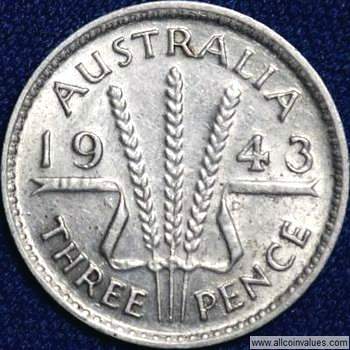

click image
to expand
Found the information on
our site useful?
Let people know
we're here by
linking us on your
posts, listings,
and websites.
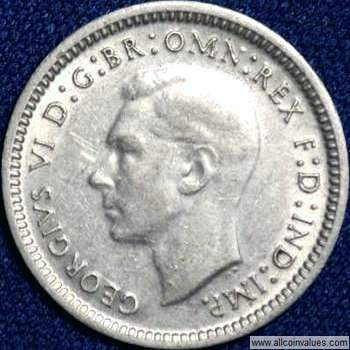

click image
to expand
The obverse features the bare head
of King George VI facing left, with the
surrounding legend: 'GEORGIVS VI D:G:BR:OMN:REX F:D:IND:IMP.'
images courtesy of TDK APDC
Notes:
No mint mark (Melbourne mint).
| Monarch | King George VI |
| Edge | plain |
| Weight | 1.41 grams |
| Diameter | 16 mm |
| Composition | 92.5% silver, 7.5% copper |
| Minted | Melbourne, Australia |
| Mintage | approx. 24,912,000 |
| Scarcity | relatively common for period |
| Obverse | Thomas H. Paget |
| Reverse | George Kruger Gray |
1943 Australian
threepence specifications
Melbourne mint
1943 Australian
threepence design
Melbourne mint
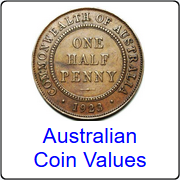
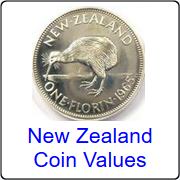
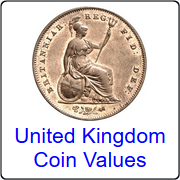
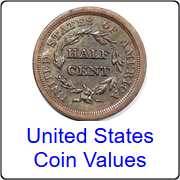
The retail value of a 1943
(Melbourne mint) Australian
threepence can range from
$2 to over $32, depending
on grade, condition,
desirability and demand.
Our guide below shows retail
estimates based on grade.
links to our self-help pages on coin assessment
(opens in a new page)
Grading Terms
| VG | Very Good |
| F | Fine |
| VF | Very Fine |
| EF | Extremely Fine |
| aUnc | about Uncirculated |
| Unc | Uncirculated |